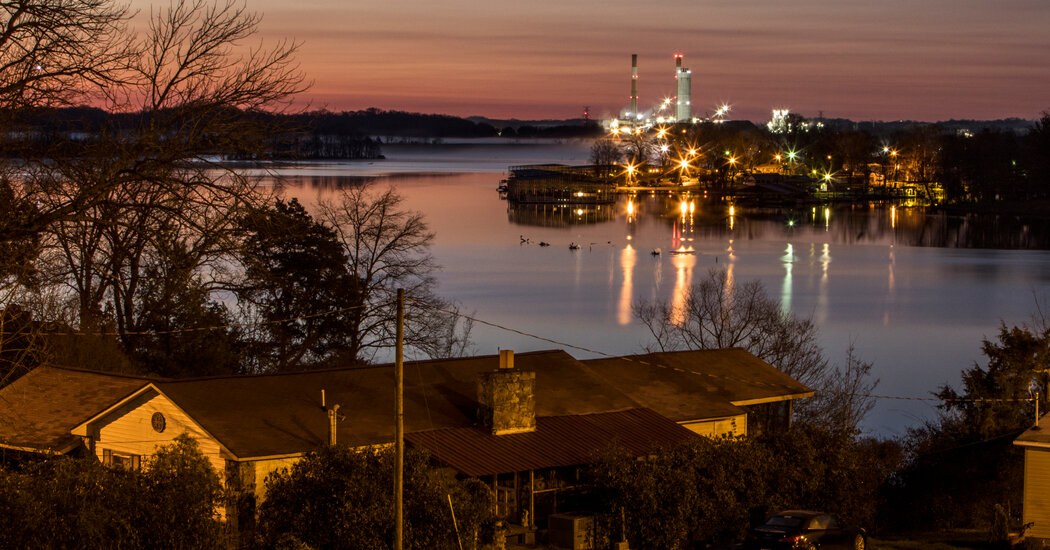Twenty states and the District of Columbia, along with environmental groups, had challenged the regulation, saying it was at odds with federal law. Af
Twenty states and the District of Columbia, along with environmental groups, had challenged the regulation, saying it was at odds with federal law. After President Biden took office, the Environmental Protection Agency said it would revise the rule and asked three judges presiding over challenges to return them to the agency.
Notably, though, the E.P.A. did not ask the judges to vacate the regulation while it worked on a new one. Two judges, in South Carolina and Pennsylvania, did what the agency asked.
But Judge William H. Alsup, of the Federal District Court in San Francisco, vacated the regulation. The move was justified by “the lack of reasoned decision-making and apparent errors in the rule’s scope of certification, the indications that the rule contravenes the structure and purpose of the Clean Water Act,” he said, and the fact that the “E.P.A. itself has signaled it could not or will not adopt the same rule.”
After the U.S. Court of Appeals for the Ninth Circuit, in San Francisco, refused to block Judge Alsup’s ruling while an appeal moved forward, Louisiana and other states led by Republicans, along with industry groups, filed an emergency application asking the Supreme Court to revive the regulation. They said that Judge Alsup had acted without considering administrative procedures or finding that the regulation was unlawful.
Writing on behalf of the E.P.A., Elizabeth B. Prelogar, the U.S. solicitor general, urged the Supreme Court to deny the emergency application. Judge Alsup’s ruling, she wrote, merely reinstated the old regulation, which had been in place for a half-century. The 2020 regulation, she added, would most likely be replaced by next year.
Ms. Prelogar’s brief included a significant concession. “The federal respondents,” she wrote, “agree with applicants that the district court lacked authority to vacate the 2020 rule without first determining that the rule was invalid.” But she said that was not reason enough to block his ruling.
In her dissent, Justice Kagan wrote that the court’s ruling was a solution in search of a problem.
“The request for a stay rests on simple assertions — on conjectures, unsupported by any present-day evidence, about what states will now feel free to do,” she wrote. “And the application fails to show that proper implementation of the reinstated regulatory regime — which existed for 50 years before the vacated rule came into effect — is incapable of countering whatever state overreach may (but may not) occur.”
www.nytimes.com
